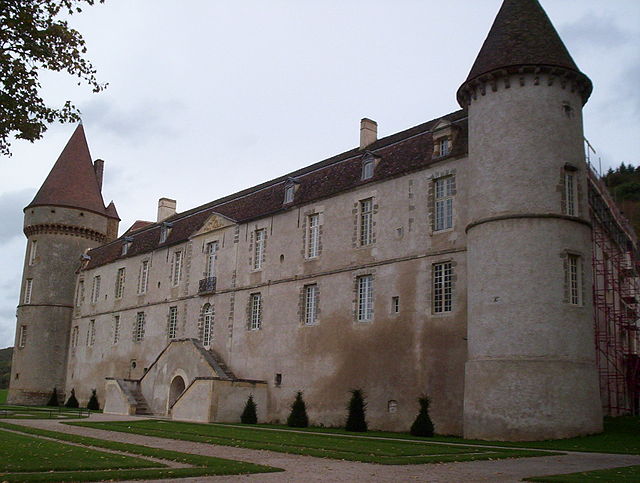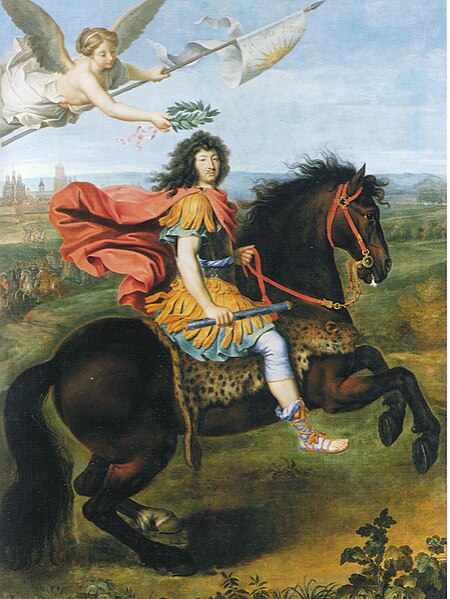The siege of Ath was a siege of the Nine Years' War. The French stockpiled 266,000 French pounds of gunpowder for the siege and used less than half of it. Consumption of other material amounted to 34,000 pounds of lead, 27,050 cannonballs, 3,400 mortar bombs, 950 grenades and 12,000 sandbags. The financial costs were 89,250 French livres. After the garrison's capitulation, 6,000 peasant workers filled up the trenches. Of the 62 French engineers present, two were killed and seven seriously wounded. This demonstration of French military potency, combined with the successful storming of Barcelona the same year, convinced the Allies to come to terms with France in the treaty of Ryswick, thus ending the war.
Plan-relief of Ath constructed in 1697 after its capture
Sébastien Le Prestre, Marquis of Vauban
Sébastien Le Prestre, seigneur de Vauban, later styling himself as the marquis de Vauban, commonly referred to as Vauban, was a French military engineer and Marshal of France who worked under Louis XIV. He is generally considered the greatest engineer of his time, and one of the most important in European military history.
Maréchal Vauban, by Hyacinthe Rigaud, 17th century
Château de Bazoches, acquired by Jacques Le Prestre in 1570, purchased by Vauban in 1675
Louis XIV at Maastricht, 1673; sieges conducted by Vauban provided him an easy way to win military prestige.
Vauban, painted near the end of his life in 1703





